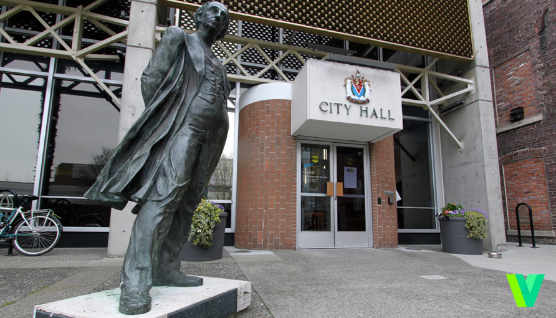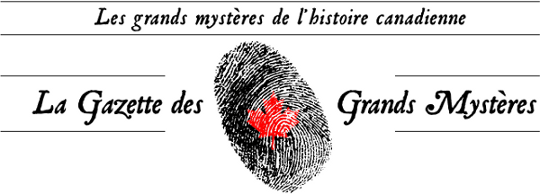Contact Us: admin@canadianmysteries.ca
Great Unsolved Mysteries in Canadian History:
News for Educators
|
|
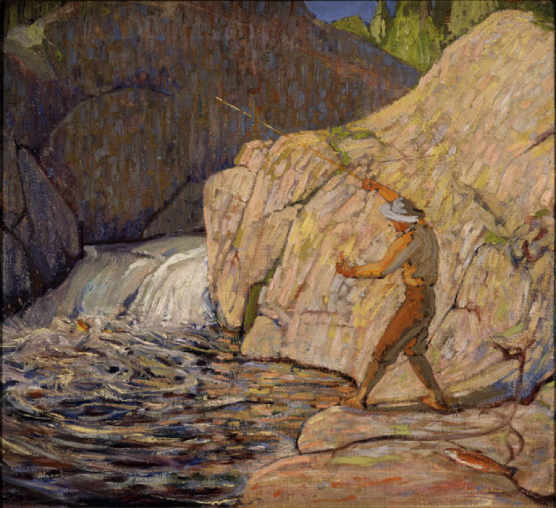
The Fisherman by Tom Thomson (Art Gallery of Alberta). (From The Tom Thomson Tragedy) Welcome to the latest edition of the GUMICH Gazette, a thrice-yearly newsletter to help keep educators up to date on news and tips for teaching with historical mysteries. We now offer thirteen mystery websites, along with many learning materials for teaching Canadian history! Don’t miss the award-winning Great Unsolved Mysteries in Canadian History (GUMICH) project, based at the University of Victoria, and follow us on social media. Since our headquarters are in Victoria, we witnessed the toppling of the statue of Sir John A. Macdonald in our city this summer. Do you think statues and other commemorations of controversial historical figures should be removed? Check our opinion piece in Partner News: “Statues are Good to Think With.” We would love to get your feedback on Twitter or Facebook! 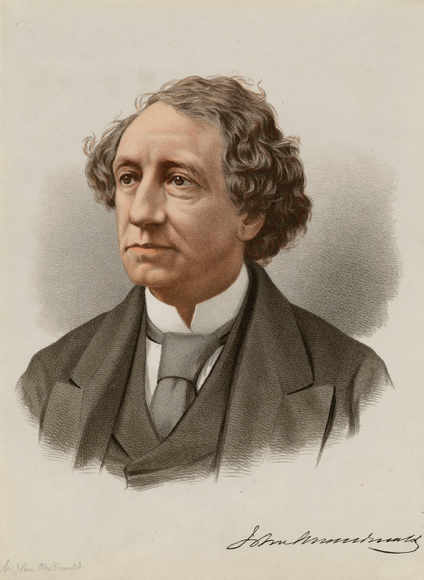
Sir John A. Macdonald, first Prime Minister of Canada (Library and Archives Canada). 

Resources from Great Unsolved Mysteries in Canadian History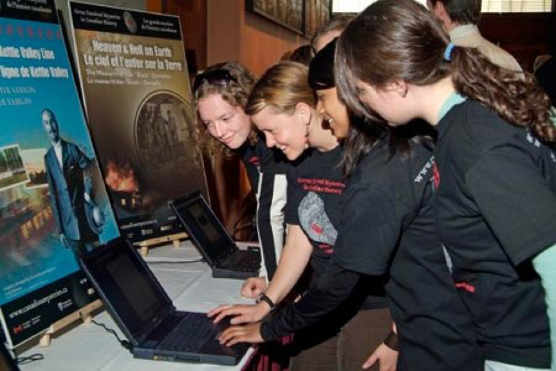
Did you know that the Great Unsolved Mysteries in Canadian History project began in 1997, with the launch of our first mystery website Who Killed William Robinson? Thanks to a multi-disciplinary team that has included historians, archaeologists and teachers from across Canada, we now offer educators thirteen real historical mysteries with the primary documents to solve them. Each of the websites for these mysteries has an average of 100,000 words, 100 images plus maps, and is available in English and French. With the learning tools that we provide online, each mystery can be used in one class period or as a complete unit over more classes. Just check Support for Teachers to get full details about our teachers’ guides with lesson plans, webquest-style MysteryQuests, and historical interpretations for each mystery. 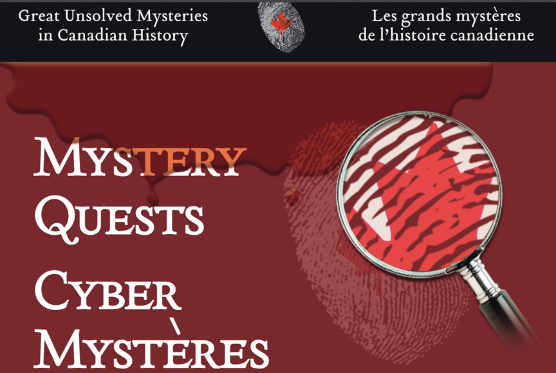
Franklin Expedition: Free Poster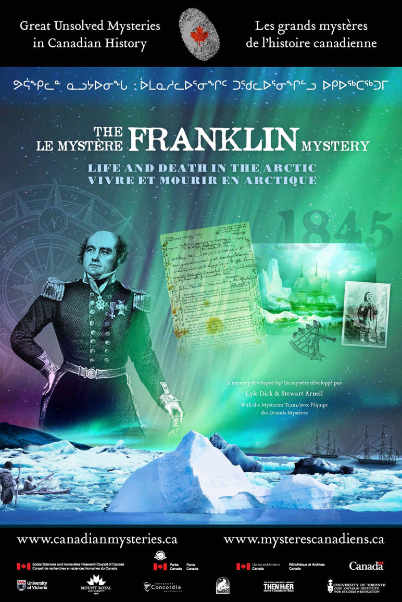
Do you have a copy of our poster for The Franklin Mystery? You can download free copies of all of our posters. This poster depicting the famous Franklin Expedition is just one of the unique classroom posters that illustrate each of the mysteries featured on the GUMICH website. See them all here, where you can print the posters for your classroom. Franklin Website – New Insights from ExpertsAfter the wrecks of the HMS Erebus and HMS Terror were discovered in the Arctic, we asked four experts what we’ve learned about the famous Franklin Expedition as a result. We also wanted to know what secrets they hope will be revealed by diving on these ships. 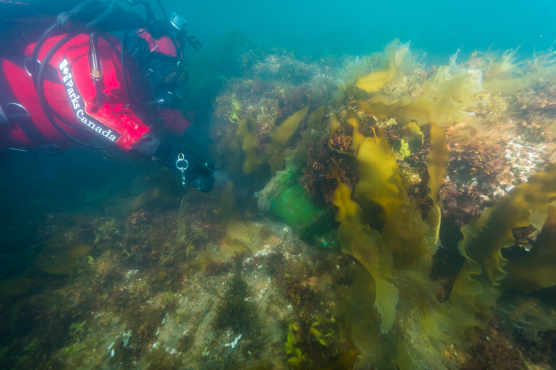
Bell of HMS Erebus, 2014 (Parks Canada/Thierry Boyer). Visit our Interpretive Essays section to read about the insights of four people who have extensive knowledge of the Franklin Expedition and recent discoveries: Charles Dagneau (underwater archaeologist for Parks Canada, Lyle Dick (historian), Douglas Stenton (archaeologist), and Ken McGoogan (journalist and author). 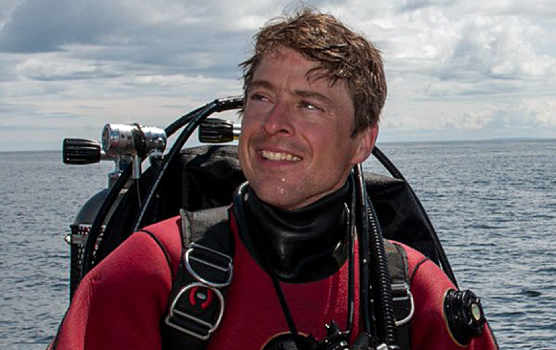
Charles Dagneau, member of the Parks Canada Underwater Archaeology Team (Parks Canada). MysteryQuest 1 – Family Violence and the Reluctance to Speak UpThe mystery Aurore! The Mystery of the Martyred Child is about a young girl who died a cruel death in a quite Quebec village in 1920. MysteryQuest 1 is a critical thinking challenge for students ages 16-18. Students investigate what kind of person might have saved Aurore’s life when so many others did not. We’ve provided everything you and your students will need to study Family Violence and the Reluctance to Speak Up , including instructions, primary documents, a briefing sheet and activity sheet. 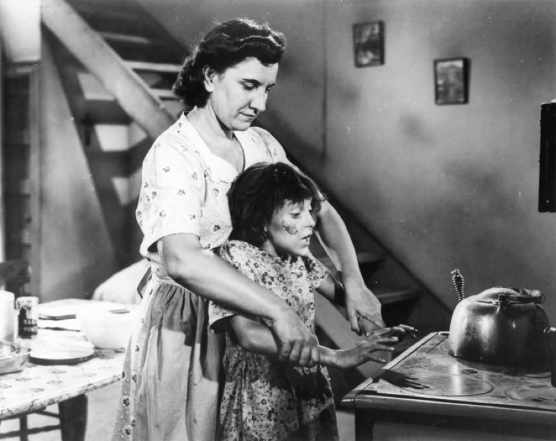
Scene from movie: Marie-Louise burning Aurore's hands on the stove. (Alliance cinématographique canadienne/France-Film). MysteryQuest 38 – Was Herbert Norman a Spy?One of our mystery websites is Death of a Diplomat: Herbert Norman & the Cold War. 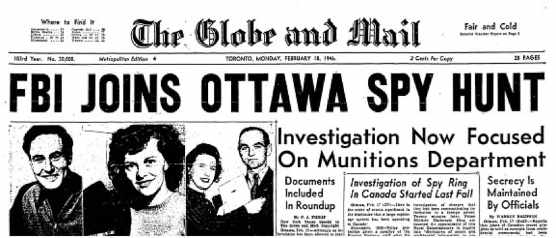
The Globe and Mail. Diplomat Herbert Norman was one of Canada’s most talented public servants, but national security agencies in Canada and its allied countries harbored a long-running suspicion of him. Was the Canadian ambassador to Egypt a spy? We provide everything your class will need in order to investigate, and develop critical thinking skills. 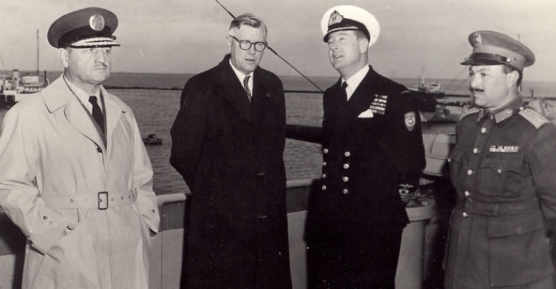
Herbert Norman (second from left) on "HMCS Magnificent" during the Suez Crisis (University of British Columbia Library, Rare Books and Special Collections). In this MysteryQuest, students aged 14-16 are asked determine how likely it is that Herbert Norman was actually involved in spying. To answer this question, they will need to learn more about the man and the political climate during the Cold War. Next, students will look for relevant statements in various primary and secondary sources that provide information about Norman's beliefs, character and actions. They will consider how each of these statements may support or counter the suggestion that Norman was a spy. After evaluating the assembled evidence each student will indicate and defend his or her conclusions. Featured Source from the Tom Thomson Mystery: Reminiscences of Grip, Group of Seven, Tom ThomsonDid you know that the now famous artist Tom Thomson once worked at a graphic design firm in Toronto? It was called Grip Limited, and employed an interesting group of artists – including Arthur Lismer. The archives for our website Death on a Painted Lake: The Tom Thomson Tragedy includes a wide variety of primary sources. The following text is an excerpt from a fascinating reminiscence of the Grip by artist Leonard Rossell, a contemporary of Tom Thomson who worked with him at the Toronto firm. Source: Library and Archives Canada/Bibliotheque et Archives Canada, MG30 D284 Tom Thomson Collection, NO. T485 .R82, Leonard Rossell, Reminiscences of Grip, members of the Group of Seven and Tom Thomson, Before 1953, 1-6 “Tom Thomson, so far as I know, never took definite lessons from anyone, yet he progressed quicker than any of us. But what he did was probably more advantage to him. He took several months off in the summer and spent them in Algonquin Park. He was never fond of society. I do not mean by this to say he was unsociable, for a truer friend did not exist to those he called his friends. After he started painting, however, the subject seemed to absorb him to the exclusion of every other interest. This is, I think, one reason why his progress was so phenomenal. He would, while the rest of us were having a good time at parties, theatres etc., be working away.” You can read more of the reminiscences of Leonard Rossell in the Archives for the Thomson Mystery. 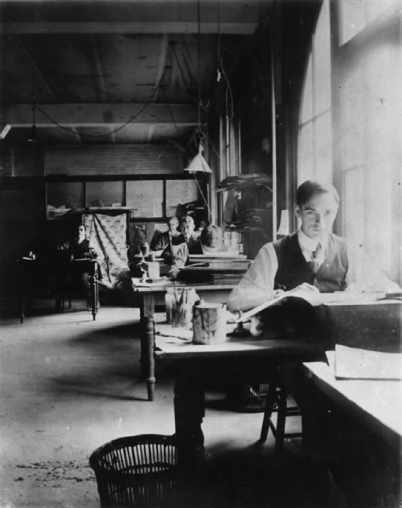
Tom Thomas at Grip Limited (Archives of Ontario, F 1066-6/1911 I0010310). Featured Image from Klatsassin & the Chilcotin WarOne of the websites developed by our project is Klatsassin & the Chilcotin War. Conflicts arose in central British Columbia as Europeans attempted to build a road between the coast and the Cariboo goldfields. This was the territory of the Tsilhqot’in people who had lived on the high Chilcotin Plateau for centuries, perhaps for eons. Their campaign against the new arrivals was led by the Tsilhqot’in chief, who was called "Klatsassin." 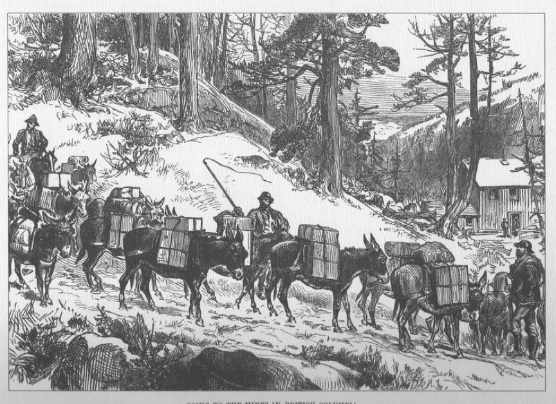
Going to the mines: a pack train headed for the gold mines in British Columbia (source unknown). Our researchers collected many photos, paintings and drawings related to the website Klatsassin & the Chilcotin War. You and your students can access these images in our online archives. Partner News –University of Victoria
|
|

